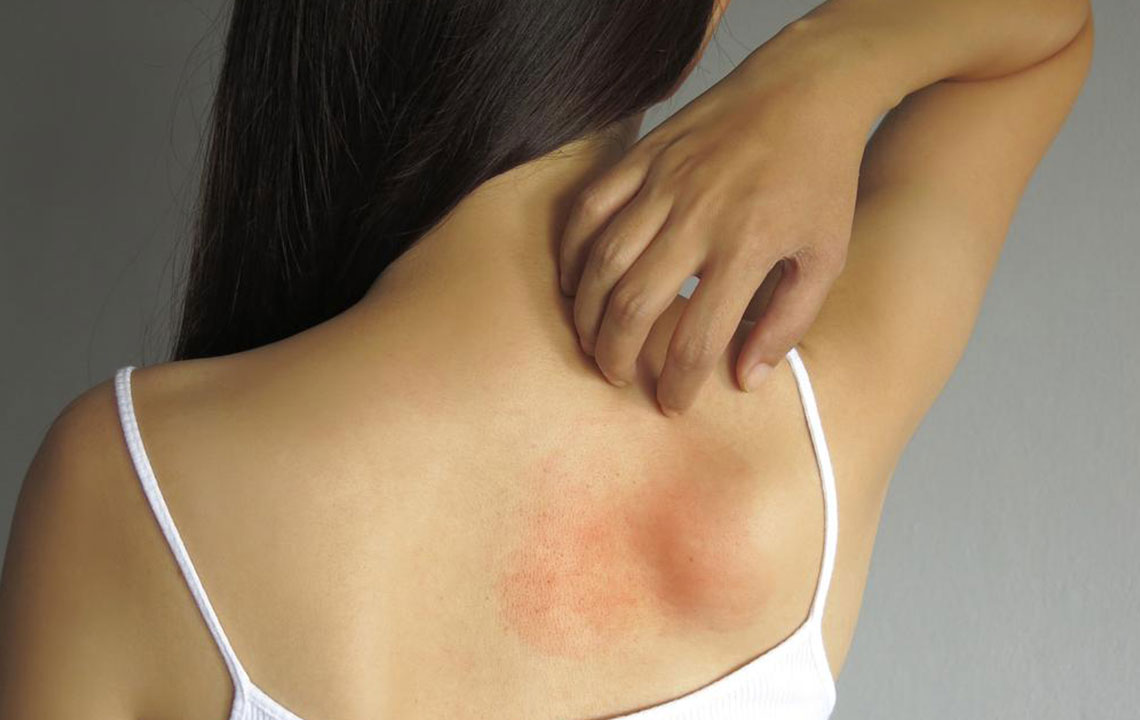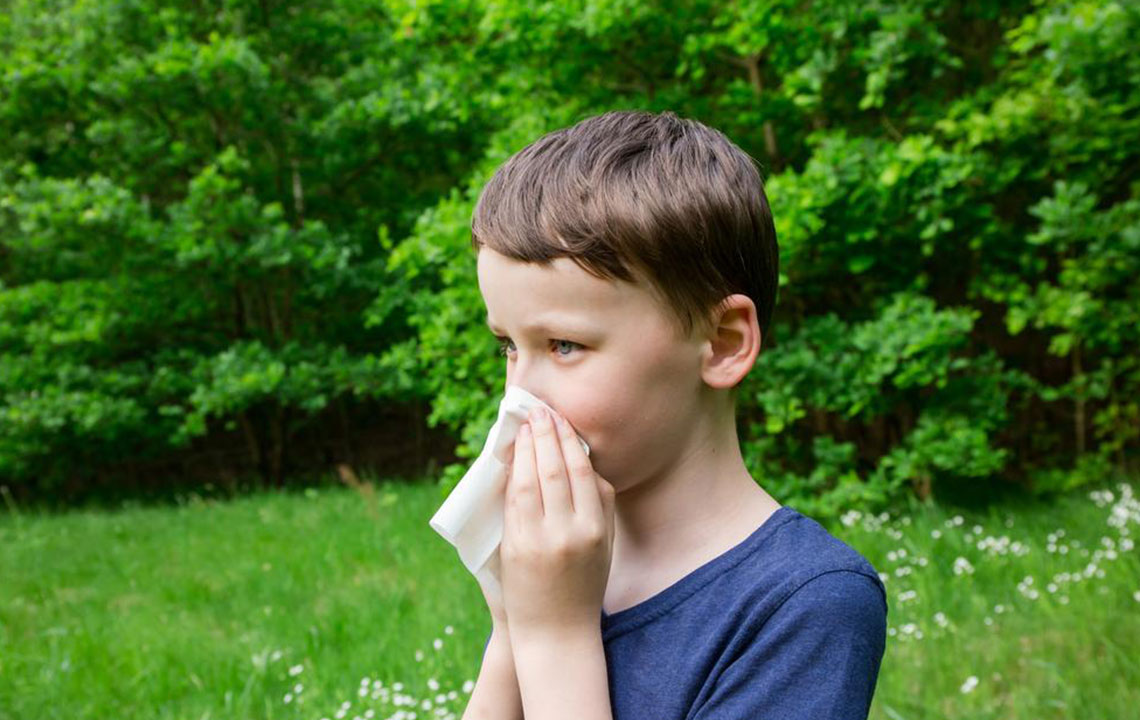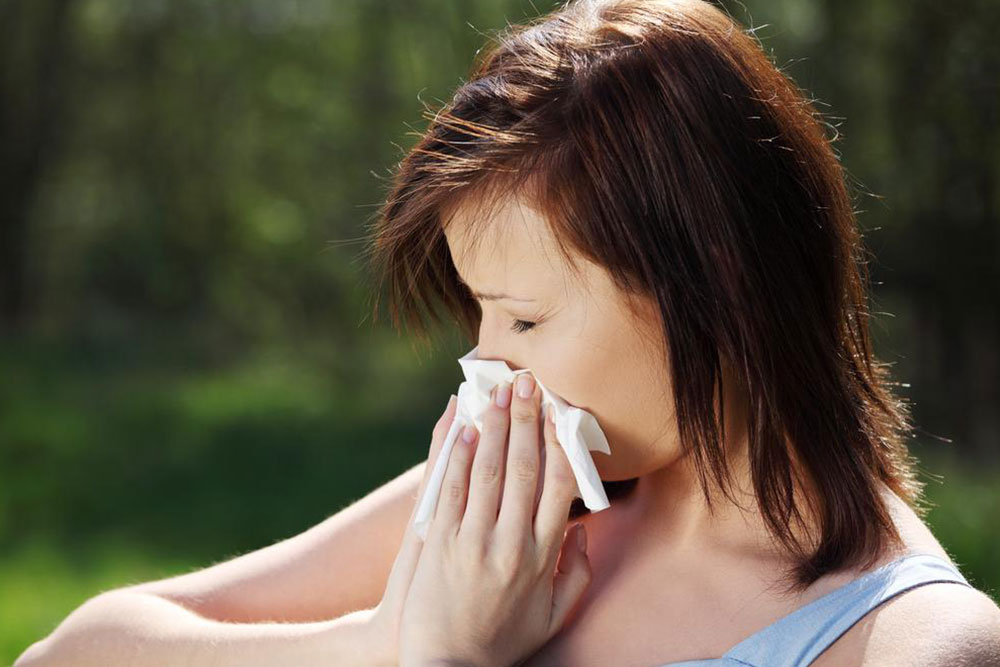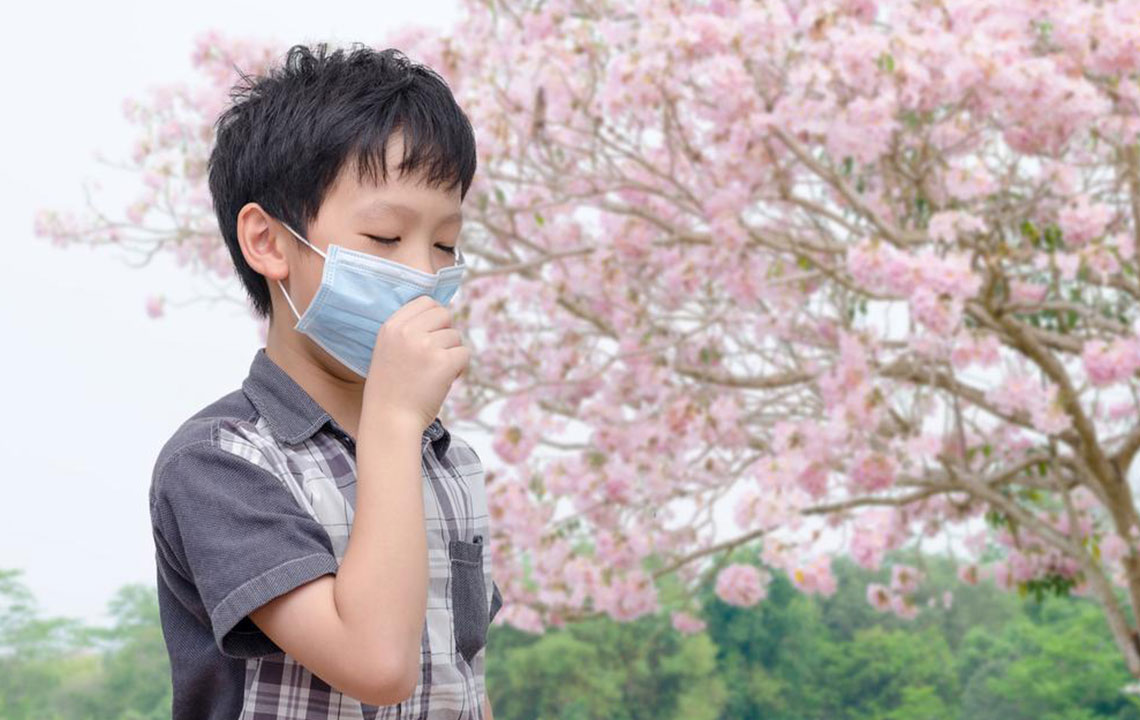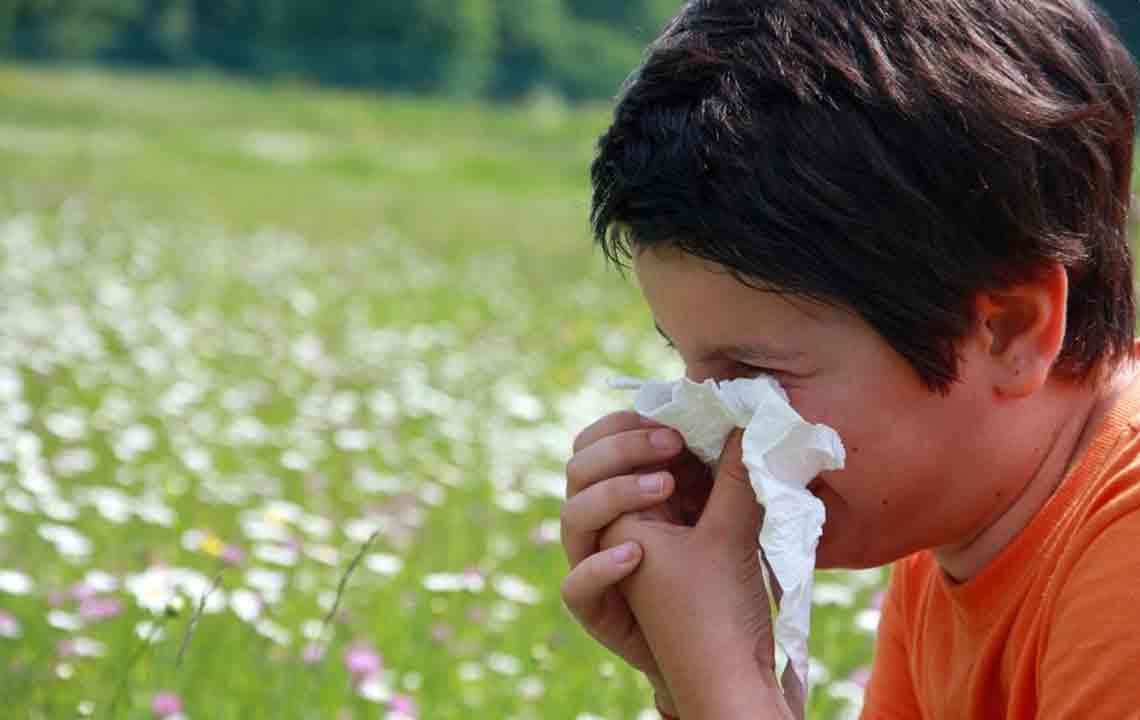Comprehensive Guide to Managing Seasonal Allergies in Autumn
Discover comprehensive strategies to effectively manage autumn allergies. Learn how to reduce exposure to pollen, optimize indoor air quality, and utilize medications to alleviate symptoms during fall. This in-depth guide helps families and individuals enjoy a healthier, allergy-free autumn season with practical tips and expert advice.
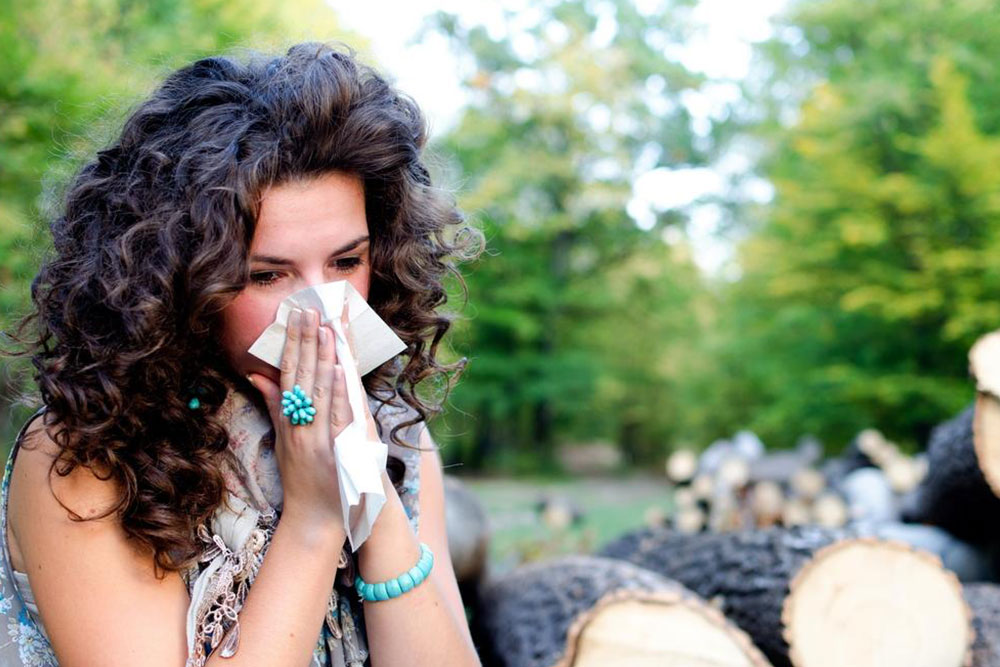
Comprehensive Guide to Managing Seasonal Allergies in Autumn
As fall approaches, many individuals, especially children, begin to experience a surge in allergy symptoms that can significantly impact daily life. Autumn allergies are caused primarily by airborne pollen from plants such as ragweed, which is notorious for triggering hay fever symptoms. With over 30 million Americans affected by fall allergies each year, understanding how to effectively manage these symptoms is crucial for maintaining comfort and health during the season. This comprehensive guide provides detailed strategies to help families and individuals reduce exposure to allergens, alleviate symptoms, and enjoy a healthier autumn.
Seasonal allergic rhinitis, commonly known as hay fever, symptomatic during autumn, stems mainly from pollen produced by various plants, notably ragweed, which releases vast quantities of pollen from late summer into the fall. Ragweed, consisting of approximately 17 different species, is responsible for a majority of fall allergy cases. The pollen disperses widely by wind, making outdoor exposure a common trigger for allergy symptoms. Recognizing the key signs of autumn allergies can enable prompt action, minimizing discomfort and preventing the progression of allergic episodes.
Common signs of autumn allergies include frequent sneezing, usually in bouts, persistent nasal congestion, post-nasal drip leading to sore throat, itchy and watery eyes, coughing, wheezing or shortness of breath if asthma is involved, fatigue, and general irritability. These symptoms can interfere with daily activities, sleep quality, and overall well-being. Early identification allows individuals to implement protective measures effectively. For children, managing allergies is especially important to ensure they can participate actively in outdoor activities and academics without undue suffering.
To mitigate the impact of fall allergens, a combination of lifestyle adjustments, environmental controls, and medication can be employed. One effective approach is the use of dehumidifiers in the home environment. Maintaining indoor humidity levels below 50% discourages the growth of mold and reduces dust mites, which are additional indoor allergens. Regular cleaning routines that include vacuuming with HEPA filters, washing bedding in hot water, and dusting surfaces frequently can significantly lower allergen accumulation.
Another essential practice involves controlling pollen entry into the home. Removing shoes at the door prevents outdoor pollen from being tracked inside. Showering and changing clothes after outdoor activities wash off pollen clinging to skin and fabric, preventing transfer to furniture and bedding. Covering pillows and mattresses with allergen-proof encasings further blocks airborne particles. During high pollen days, it’s wise to stay indoors, especially in the early mornings and late afternoons when pollen counts peak. Monitoring local pollen forecasts helps plan outdoor activities accordingly, reducing unnecessary exposure.
Regarding outdoor activities, wearing sunglasses and wide-brimmed hats can block some pollen from reaching your eyes and face. If outdoor chores are necessary, wearing masks designed for allergies can filter out pollen particles. For those with persistent symptoms, over-the-counter (OTC) antihistamines are an effective option. Non-drowsy formulations taken early in the allergy season can prevent or lessen severe reactions. Additionally, nasal corticosteroids or decongestants may be recommended under medical supervision for more severe cases.
Indoor air quality plays a vital role in allergy management. Regularly replacing HVAC filters with hypoallergenic, HEPA-filtered options ensures that airborne particles are minimized. Using air conditioning with portable HEPA air purifiers adds an extra layer of filtration, especially at night, aiding in better sleep and symptom relief. If pets are present, grooming them regularly and keeping them out of bedrooms reduces pollen transfer, as animals can carry pollen on their fur and skin.
In summary, combating autumn allergies involves a multi-faceted approach that combines environmental control, medication, and behavioral changes. These strategies not only reduce allergen exposure but also allow individuals to enjoy outdoor activities with minimized discomfort. Consulting with a healthcare professional can provide personalized treatment plans, especially for severe allergies or asthma complications. By staying vigilant and proactive, families can ensure a safer, more comfortable autumn season, free from the disruptions of allergy symptoms.
